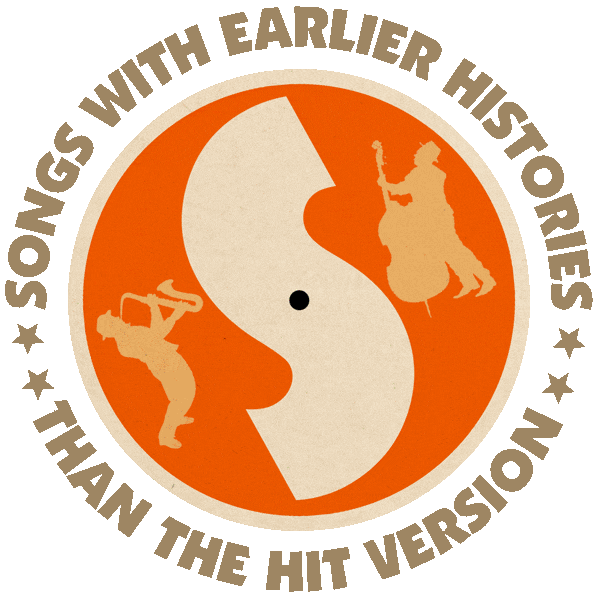Early recording by The Silver Leaf Quartet of Norfolk (1930).
Popular versions by The Carter Family (1935), Johnny Cash & June Carter (1968), Nitty Gritty Dirt Band (1972).
From the wiki: “‘Will the Circle Be Unbroken?’ is a popular Christian hymn written in 1907 by Ada R. Habershon with music by Charles H. Gabriel. The song is often now recorded unattributed and, because of its age, has lapsed into the public domain. One of the earliest recordings of the song was made by The Silver Leaf Quartette of Norfolk (Virginia) in 1930. Already in New York City for an extended performance tour, including 21 straight nights at the Metropolitan Baptist Church, the Quartet’s recording was released and distributed by Okeh Records. In 1935, A.P. Carter adapted the original hymn and, with The Carter Family, recorded the song as ‘Can the Circle be Unbroken (By and By)?’. That version (often using the original ‘Will the Circle’ title) has been covered by a large number of artists. Its refrain has also been incorporated into the Carl Perkins song ‘Daddy Sang Bass’ and the Atlanta song ‘Sweet Country Music’.

